Somalia, Kenya and Ethiopia are facing dire food crises. According to the ONE Campaign, the famine in Somalia could kill 750,000 human beings unless donors intervene. Meanwhile, in 2008, the Food and Agriculture Organization of the United Nations (FAO) reported that approximately 32% of Africans are undernourished.
The private sector, in partnership with donors, may hold a unique key to unlocking the complex challenge of global hunger. There are no easy answers and reducing levels of under-nutrition remains a difficult target to achieve. Nevertheless, some promising, innovative approaches are being developed that bring together a range of stakeholders in all sectors.
There is potential, for example, for agricultural and agri-food value chains to be leveraged to improve food quality and diversity. To date, businesses and public-private partnerships have been effective in improving agricultural productivity by incorporating farmers into agri-food value chains. These initiatives both increase the production of food and raise the incomes of households.
Unfortunately, there’s a twist. Even in countries that have successfully raised production of basic food commodities, undernourishment persists. One might think that a higher level of food production and raised incomes would also lead directly to improvements in nutrition and health. But in fact, the links from agricultural output and incomes to improved nutrition are quite weak. Greater availability and access to staple foods needs to be complemented by greater consumption of foods that have the vitamins, minerals and proteins essential for health. This means not only increasing production of more diverse, nutritious food, but also ensuring that that undernourished people gain access to it.
Development agencies are increasingly exploring the potential for linking agriculture and nutrition more effectively to ensure that improvements in food production translate more readily into improvements in diets and nutrition for the undernourished.
One way of achieving this is by encouraging greater consumption on the farms themselves by the households producing more nutritious food. Another way of strengthening the link between agricultural output and nutrition is by focusing on agri-food value chains. An emphasis on value chains can help preserve the nutritional content of food from farm to table and to find more effective ways of delivering food at affordable prices to the households who need it most.
An integrated approach such as this would also require leadership from national governments and development agencies, which have thus far kept agriculture and nutrition in distinct departmental silos. Indeed, leadership and collaboration is needed from all sectors – public, private, and NGOs.
We would like to thank John Humphrey of IDS for his blog contribution to coincide with World Food Day and Blog Action Day on October 16th, 2011.
The Institute of Development Studies (IDS) is a leading global charity for international development research, teaching and communications.
Follow them on Twitter at @IDS_UK











3 Responses
Unfortunately most small holder’s priorities is getting an income into the household. In practice this means that the family is unlikely to consume food in such a way as to achieve a balanced diet- things like milk, eggs, fruit etc are often sold and not consumed by the household. You can imagine the consequences of this one an individual’s diet. Looking forward to hearing more about this on 26/10/11
@Laura- I am afraid I do not agree with you entirely- the small holders first priority is to feed their families in the first instance. Yes they do need to generate and an income and food growing is the best way to do this for most but their first priority is to secure their own food before they worry about goals set by people who do not know what it is like to be hungry.
I would also like to challenge the notion of small holder meeting the requirements of large value chains- would these be the one that require all apples and carrots to be of a certain shape and size or they don’t make it onto a Western super market shelf?
100 small growers in an area can easily produce enough quantities to supply one of these chains this is how it was done and is still done in some places- it certainly works this way in the coffee industry in Uganda- could that work for food too?
I am of the view that perhaps these value chains need to re think their ways if they are indeed committed to support these hard to reach small growers. Yes I know it is about the bottom line and that being the case then businesses need to say so!
Yes Ida you are right in a way. But also its true that smallholders are increasingly being interested in incomes as well. Therefore building their capacity to meaningfully participate in markets is very crucial and I think this is where the private sector should be more innovative to find win-win situations.
Another important angle as far as promoting nutrition is concerned is according more power to women. This can be done in several ways that include education, rights, governance etc. The fact is that women think more about food security in homes that men but the problem is that they are still very much marginalized when it comes to decision making and participation. This is one of the reasons explaining the continued undernourishment despite the heavy investments that have been done.